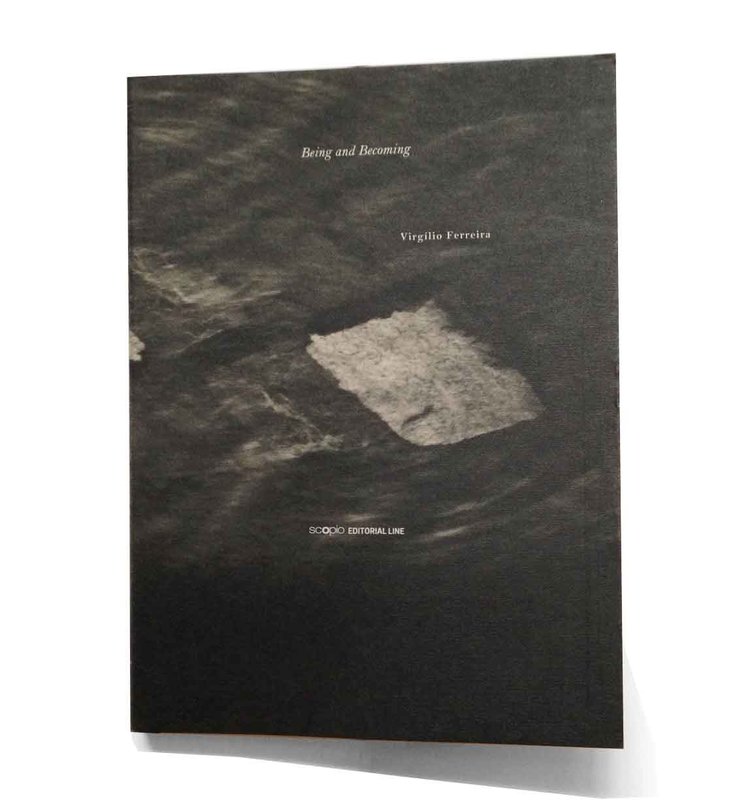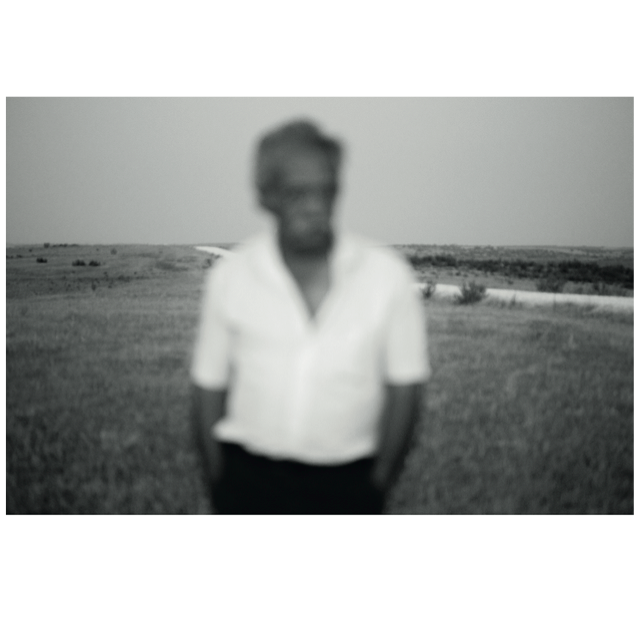REVIEW: BEING AND BECOMING BY VIRGÍLIO FERREIRA
by Pedro Leão Neto
Both formal and conceptual, Virgílio Ferreira’s photography work creates a modern poetry of its own, which inquires our present time in a critical and imaginative way, and, in this case in particular, the Portuguese diaspora around the world.
In the series Being and Becoming, here published in the “scopio Projects” collection1, the enigmatic quality of the images, the double exposures and the final diptychs compositions unbound the author from the rigid conventions of realism and of traditional photographic composition. This specific exploration of the photographic medium is very interesting: the multi-exposures and the assemblage of different forms create a very personal and fictional visual narrative about territories, time and the meaning of human life in this world.
Virgílio Ferreira’s series is an open work2, a poetic imagery structured in diptychs, which place, side by side, unconventional images, making Portuguese diaspora’s time, memory and existence collapse. Thus, it challenges in new ways the limits of indexation of the photographic image and the memory process instigated by the photograph.
Virgílio Ferreira’s technical treatment and elegance make his visual narratives aesthetically unique, possessing an identity and poetry of their own. It is worth mentioning how Virgílio’s work, particularly since Daily Pilgrims, has been strongly positioning itself in the international arena of ‘contemporary art’. The author continuously reinvents his expression by creatively exploring the medium of photography to better convey his feelings and critical stance towards our multifaceted and complex world and, in this case, the psychological and existential world of people coming from the Portuguese diaspora.
Virgílio is also a photographer artist to whom the formal and technical aspects of photography play an important role and significantly define the conceptual universe of his projects. This means he is closer to the technical treatment and aesthetics of someone like, for example, Harry Callahan3, who experimented with collages and multiple exposures, or to the work of more recent authors, who, despite their
differences, have in common the fact that they apply to photography their artistic and plastic strategies in order to question reality and culture. This is the case of contemporary artists as Idris Khan, who, with his multiple exposures, strips temporal signifiers and blurs time and space in Bernd and Hilla Becher’s images of industrial gas works4; Uta Bath’s blurred streetscapes5; or Helen Sear’s innovative use of image superimposition. All these authors share with Virgílio the use of novel and experimental strategies to question the process of vision itself and to challenge our cultural certainties, our historical time, our awareness. Virgílio Ferreira’s work also embodies, in its own way, the idea that documentary photography integrating an artistic or fictional approach plays an important role in projects that try to critically understand the values and life of our time.
Within this individual and contemporary photographic framework, Virgílio Ferreira is not only capable of going beyond traditional representation, when understood as an indexicality and visual accuracy towards its subject, but he is also able to offer us a hint of the spiritual and existential portrait of its subject matter. Photography, as we know, is not a medium capable of depicting reality accurately. Virgílio Ferreira’s series embodies this very contemporary idea because it defies certainty with a set of images that create both a social documentary and an artistic visual narrative, addressing the Portuguese migratory universe in a metaphoric and indeterminate way. Thus, it is an open social art work where each of us can create our story revealing more than what is just real, making us feel and understand in a very personal and poetical way how Portuguese diaspora and life are part of a global world.




